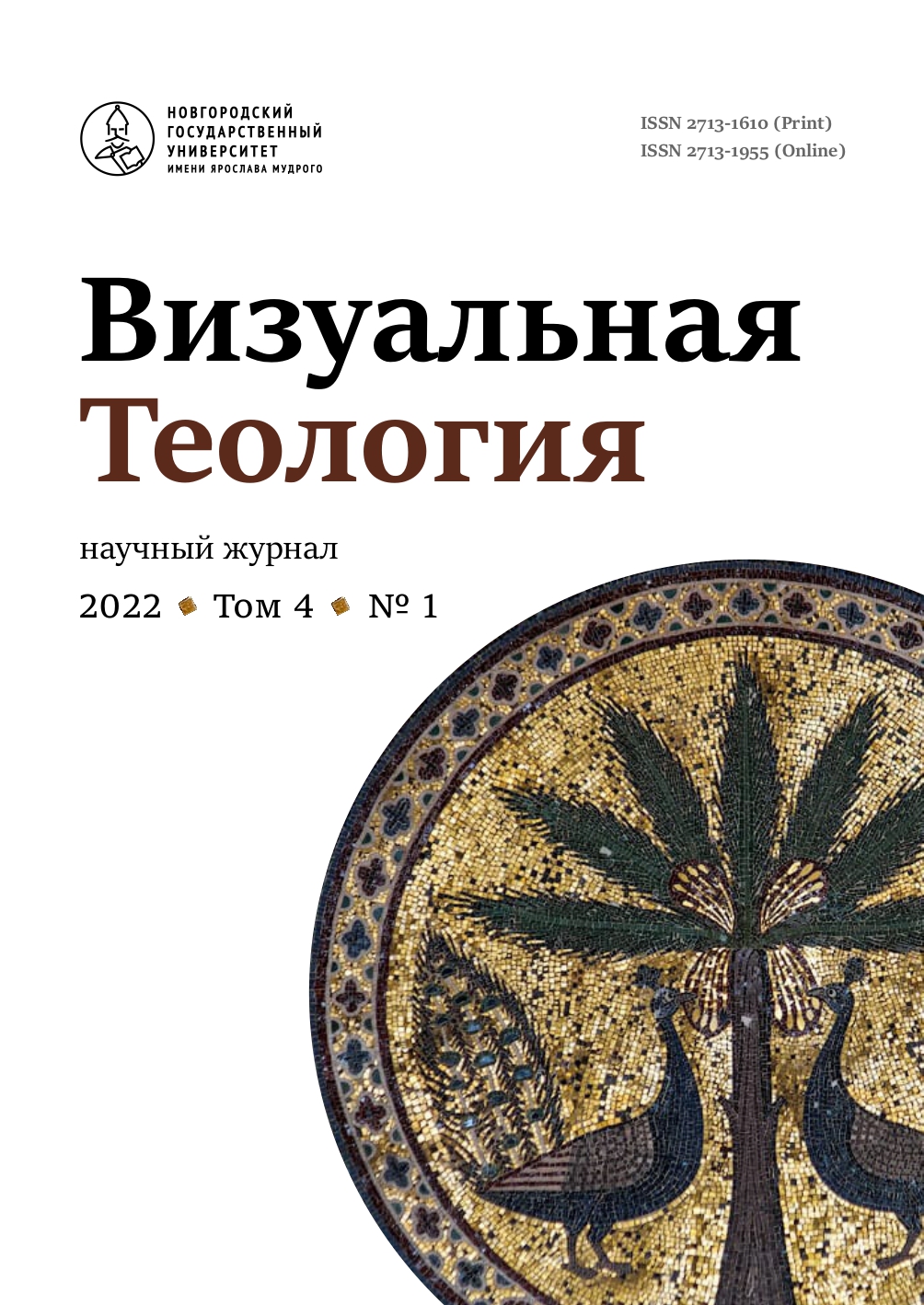Eonotopos of Foolishness
Abstract
The article is devoted to the relations between the urban blessed and the structure of the urban space. Walking on the streets of ancient Russian cities, making daily rounds of sacred places, wandering through especially significant places of the medieval polis, praying in temples and churches, serving prayers at natural shrines, creating obscene performances, playing the role of commoners in shops and of the rich in palaces, directing human pain into the channel of humility and calmness, – it was them, the fools for Christ’s sake, who were the tuning fork of conscience, the moral beacons of the common life of Orthodox Russia. Hagiographic literature and folk legends have preserved references to those places that the fools visited especially often, where they could live and pray, where significant meetings took place, where they prophesied and humbled themselves, where they rested. This topos has entered the body of the city and is designated in historical memory as sacred space containing a strong prayer component. Often, with the addition of the iconographic type of the holy fool, these architectural and landscape loci became symbols of the saint and accompanied his attribution. This problem is especially relevant for the formation of the iconographic canon of locally venerated fools. The author raises the question of recognizing individual urban spaces as eonotopos, a topographical icon of visionary art. Special attention is paid to the Novgorod saints who performed the deed of foolishness – Nikolai Kochanov, Theodore of Novgorod, Mikhail Klopsky, Arseny of Novgorod. The memory of sacred topos as places of eternity has been preserved in people’s memory to the present day and serves as the basis for the formation of local identity and its representation in iconography.


